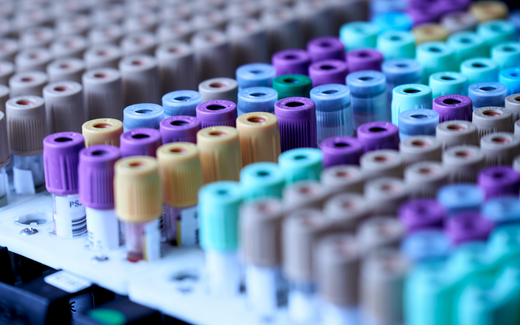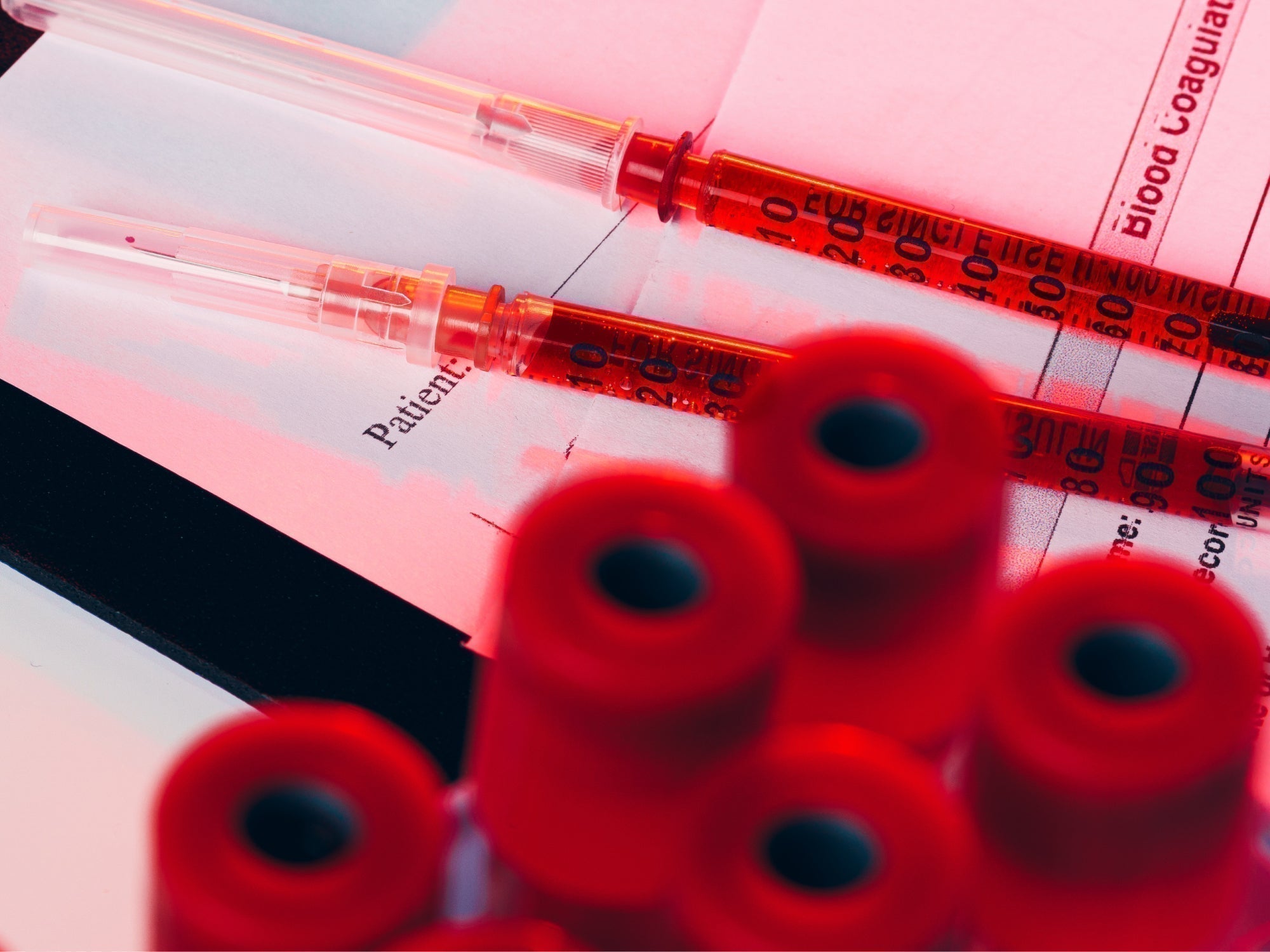Providing easy-to-use and accessible screening tools for people to take action on their health and wellness is one of Sanguina’s cornerstones, and a recent New York Times article highlights just how important this is for people at risk of anemia and sickle cell disease.
Kyra, a 12-year-old, is one of 100,000 Americans affected by sickle cell disease, a genetic blood disorder that causes red blood cells to become sickle-shaped and, at times, get stuck in blood vessels. One of the complications is strokes due to a lack of proper blood flow, which Kyra has suffered twice— but this can be easily avoided with regular screening.
But as The Times points out, tests for sickle cell disease lags behind that of other diseases.
“A third as many Americans have cystic fibrosis, a genetic disease that is of comparable seriousness to sickle cell but that primarily affects white children, yet it gets ‘seven to 11 times the research funding per patient, which results in disparate rates of development of medications,’ according to a recent opinion piece in The New England Journal of Medicine. Only four medications are approved by federal regulators for sickle cell, and 15 for cystic fibrosis.”
Furthermore, studies have pointed out that less than half of children—a majority of whom are Black— with sickle cell disease are screened annually. And it’s not just sickle cell, as other forms of anemia also go underdiagnosed by many medical professionals.
Sanguina is looking to change this by bringing anemia screening tools into everyone’s hands.
Our app, AnemoCheck, recently won third prize in the National Institute of Health’s Technology Accelerator Challenge for its potential to be combined with standard clinical assessment of symptoms to effectively screen for sickle cell disease and malaria in low-resource settings.
Among other projects, Sanguina is also looking to add sickle cell disease screening to its arsenal of health care tools.
With just a fingernail selfie, more people will be able to spot the warning signs of anemia and sickle cell disease and seek out treatment before it’s too late.
Disclaimer: This post is for informational purposes only and does not constitute medical advice. The information contained herein is not a substitute for and should never be relied on for professional medical advice. Always talk to your doctor about the risks and benefits of any treatment.




Leave a comment
This site is protected by hCaptcha and the hCaptcha Privacy Policy and Terms of Service apply.